#cunninghamii
Explore tagged Tumblr posts
Text

2023_01_26
#january#nz#rakiura#stewart island#ulva island#Dendrobium cunninghamii#Dendrobium#orchid#flowers#forest#bush#winika#lady's slipper orchid
54 notes
·
View notes
Text
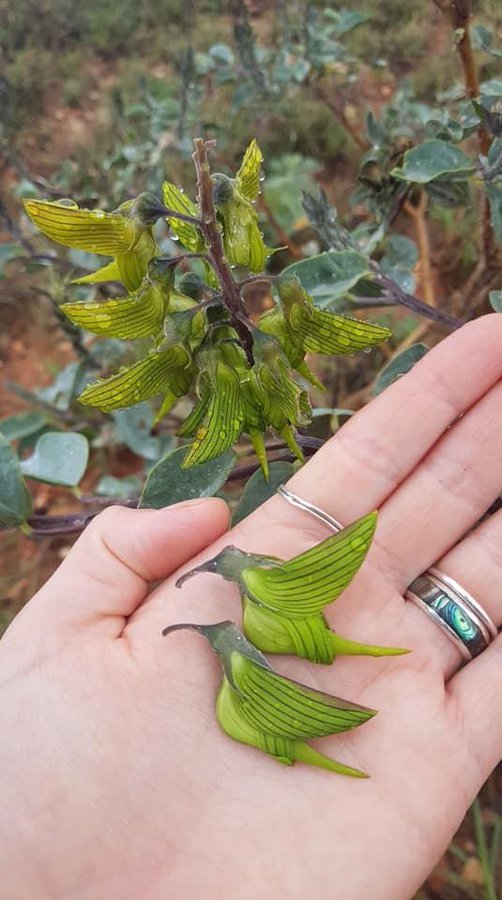
51 notes
·
View notes
Text
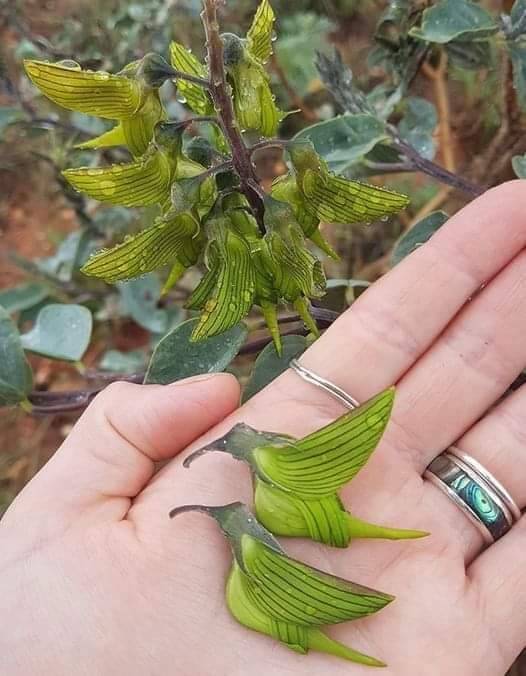
Crotalaria Cunninghamii from Australia
6 notes
·
View notes
Text
Crotalaria cunninghamii
Crotalaria cunninghamii - Introduction: Crotalaria cunninghamii is a short-lived perennial plant native to Australia and its habitat is the deserts, coastlands, drainage lines and sand dunes of the northern half of Western Australia and the Northern Territory. It blooms from January to April and is pollinated by large bees and honeyeaters. Identification of Crotalaria cunninghamii: Crotalaria cunninghamii was identified by Alan Cunningham on a naval expedition in North Western Western Australia in the 1810s. During a seven-month trip to North Western Western Australian in 1817, Cunningham collected more than 300 different species, one of which was Crotalaria cunninghamii. Description of Crotalaria cunninghamii: The green birdflower is a perennial shrub that grows to about 1–3 m in height. The plant's flowers grow on long spikes at the ends of its branches and greatly resembles a bird attached by its beak to the central stalk of the flowerhead. Habitat of Crotalaria cunninghamii: Crotalaria cunninghamii predominantly grows in well drained soils in shrubland and grassland or savannah woodlands, usually on desert dunes, sandplains and drainage lines. It also grows in Mulga communities in arid regions, accounting for 20% of the total land mass of arid Australia. Economic uses of Crotalaria cunninghamii: Crotalaria cunninghamii has some economic purposes and is a good source of fibre used for weaving. It is also a popular ornamental flower and was featured as the in-season flower of the month by the Australian Botanic Gardens and Park Authority in March 2019. Crotalaria cunninghamii's main economic use is as an ornament in houses. Another economic purpose is processing into a fibre to create ropes and fish nets. It has shown potential to be used in commercial agriculture, as it has a symbiotic relationship with bacteria in the soil which forms nodules and traps atmospheric nitrogen in the surrounding soil. It has a large percentage of crude oil and protein that could potentially be of use in producing biofuel or human use natural oils. Medicinal uses of Crotalaria cunninghamii: Crotalaria cunninghamii can provide medicinal support to humans, as the leaves can be used to treat eye infections and the bark can be used to treat swelling of the limbs. The Aboriginal Australians used it as an important medicine for treating swelling and eye infections. Known hazards of Crotalaria cunninghamii: There have been no reports of Crotalaria cunninghamii being toxic to humans, however, human toxicity has been seen in the Crotalaria genus. Many members of the Crotalaria genus are known to contain pyrrolizidine alkaloids, which have a cumulative effect upon the body and may affect brain function and other organs. Mutagenic and carcinogenic properties of pyrrolizidine alkaloids have also been reported. Abnormal pollinators of Crotalaria cunninghamii: Crotalaria cunninghamii is usually pollinated by birds, but during a period of unusually high rainfall in the Simpson Desert, rodents were observed eating and pollinating the flowers. The rodents observed were the house mouse and sandy inland mouse. The increase in the number of pollinators had a positive effect on the propagation of the species. Crotalaria cunninghamii and Bees: Bees derive their energy from the nectar of Crotalaria cunninghamii and in return they pollinate the plant. When bees feed from one male plant and then go to a female plant, some of the pollen falls into the female plant's stigma. Threats to Survival: Possible threats to Crotalaria cunninghamii include habitat degradation, especially on sandy soils which are easily eroded by rabbits, camels and other grazing animals. Crotalaria cunninghamii has been recognised as an endangered plant in NSW according to the NSW Threatened Species Conservation Act 1995. A general threat to flowers and plants in Australia is clearing of land for agricultural or other commercial uses. Conservation Status: The conservation status of Crotalaria cunninghamii is least concern. Crotalaria cunninghamii is not at high risk to land clearing for commercial purposes because it is confined to the Australian rangelands, which experience low rainfall and therefore have limited potential for development. References: Crotalaria cunninghamii. anpsa.org.au. Allan Cunningham (1791 - 1839) - Pacsoa. pacsoa.org.au. Traditional Ecological Knowledge of Nyangumarta Warrarn Indigenous Protected Area. ymac.org.au. A Review of Crotalaria L. (Fabaceae: Crotalarieae) in Australia. Austrobaileya. Did This Plant Evolve to Look Like a Bunch of Hummingbirds. audubon.org. Shoes of Invisibility and Invisible Shoes: Australian Hunters and Gatherers and Ideas on the Origins of Footwear. search.informit.org. Custodians open up Carnarvon Range. The West Australian. The chemical composition of seeds from some Australian plants. Australian Journal of Agricultural Research. Mankind. 7th ed. Pyrrolizidine Alkaloid - an overview | ScienceDirect Topics. sciencedirect.com. The Leguminosae; A Source Book of Characteristics, Uses and Nodulation. University of Wisconsin. MEDLINE, PubMed, PubMed Central, and the NLM. Editors' Bulletin. Cheater or mutualist? Novel florivory interaction between nectar‐rich Crotalaria cunninghamii and small mammals. Austral Ecology. Pollination - The Australian Museum. australian.museum. Species Summary - Crotalaria cunninghamii - Sampled Red List. threatenedplants.myspecies.info.
2 notes
·
View notes
Text
Centipeda Cunninghamii Extract
If you're interested in exploring Centipeda cunninghamii extract, a powerful natural compound derived from the Australian native plant Centipeda cunninghamii, then look no further than Bio Actives Export. As an innovative biotechnology company, Bio Actives is dedicated to harnessing the therapeutic potential of plant-based extracts through advanced research and development. Their Centipeda cunninghamii extract is well-known for its various health benefits, including anti-inflammatory, antioxidant, and wound-healing properties, making it ideal for use in skincare, cosmetic, and pharmaceutical products.
Bio Actives ensures that all of their plant-derived, biologically active products are not only safe and effective, but also backed by scientific evidence. Their commitment to sustainability and innovation drives them to offer natural solutions that cater to a range of industries, including personal care, health, and wellness. Whether you're a formulator, manufacturer, or researcher looking to incorporate this potent extract into your product line, Bio Actives Export provides high-quality, scientifically proven ingredients that are designed to meet your specific needs.
With a focus on safety, efficacy, and sustainability, Bio Actives Export stands as a leader in the biotechnology industry, offering the very best in plant-based bioactive compounds for the global market. Visit Bio Actives today to discover the potential of Centipeda cunninghamii extract and explore how it can enhance your products and promote natural well-being.
0 notes
Text






This shrub is endemic to Western Australia and belongs to the gum tree family Myrtaceae. Its flower head resembles an Asteraceae inflorescence, made up of bell-shaped flowers surrounded by sterile, strap-like ray flowers. The only described species is Actinodium cunninghamii (the last two pics). However, there is another entity in this genus, which is currently undescribed and named Actinodium sp. 'Fitzgerald River' (pic 1-4). The difference is Actinodium sp. 'Fitzgerald River' is taller, bigger and more colourful.
12 notes
·
View notes
Text
#2345 - Sticherus cunninghamii - Umbrella Fern


AKA Gleichenia cunninghamii, rarauheriki, waekura and tapuwae-kōtuku, among other local names.
Endemic to New Zealand, but most common in the North Island, particularly on the volcanic Plateau. Growing in lowland to montane forest, usually along shady stream banks and road cuttings where it can form the main ground cover. As here -

Apparently the sap was used as a powerful narcotic.
Whakapapa Village, North Island Volcanic Plateau, New Zealand
10 notes
·
View notes
Text
The chemistry behind The Greenbird Flower

The Greenbird Flower (Crotalaria cunninghamii), native to Australia, attracts pollinators with its bird-like green blooms. It contains toxic PAs—monocrotaline (MCT), Retrorsine, and Retronecine—which were once used medicinally but are now known for their hepatotoxic and genotoxic effects, prompting health and safety regulations.

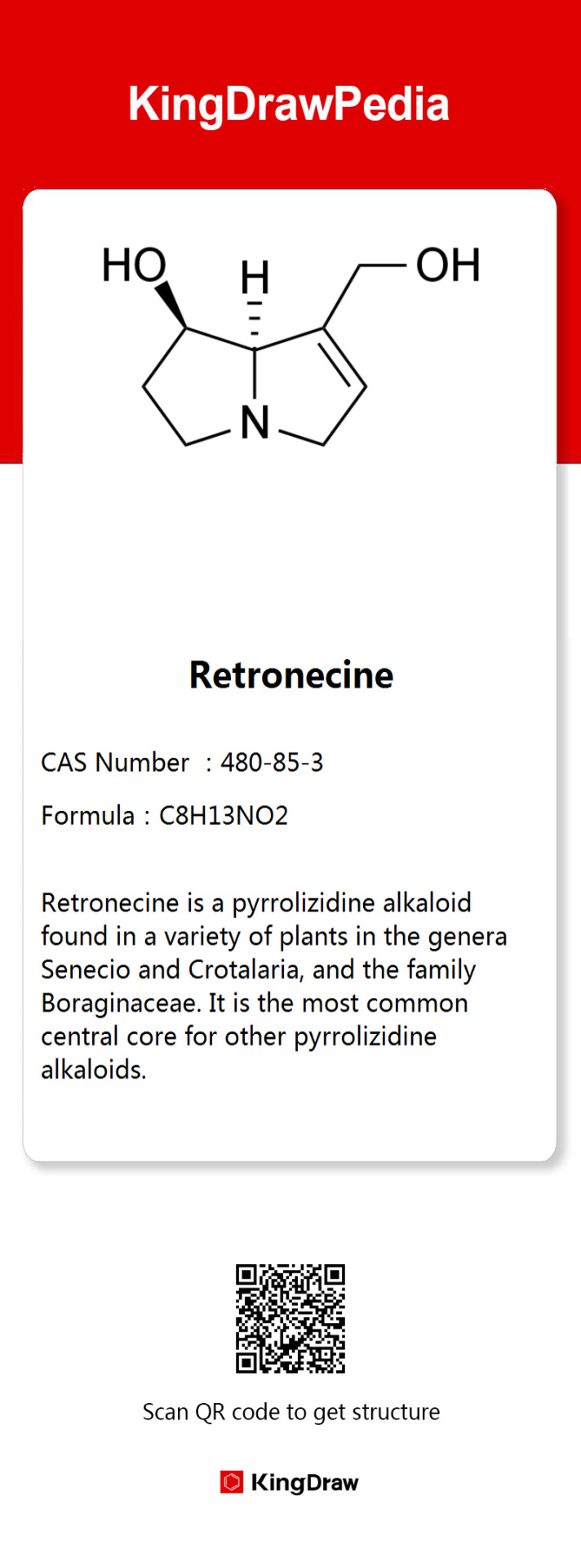

#flower#chemistry#molecule#organicchemistry#dailychem#did u know#stemblr#amazing facts#australia#chemblr
3 notes
·
View notes
Text

2023_01_26
#january#nz#rakiura#stewart island#ulva island#Dendrobium cunninghamii#Dendrobium#orchid#flowers#forest#bush#winika#lady's slipper orchid#portfolio
9 notes
·
View notes
Text

Dendrobium cunninghamii 🌱🌸 commonly known as winika, pekapeka, Christmas orchid, bamboo orchid or ladies slipper orchid, is a species of epiphytic orchids that is endemic to New Zealand
8 notes
·
View notes
Note
do you have any fun science facts?
theres a plant i really like called Crotalaria cunninghamii!! it displays a really cool form of mimicry because it looks like a hummingbird!
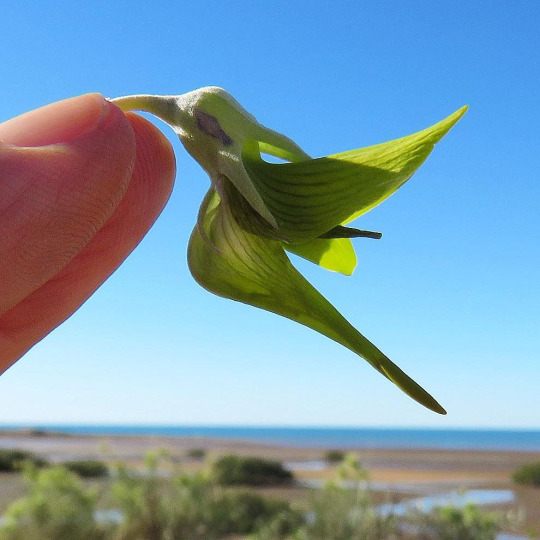
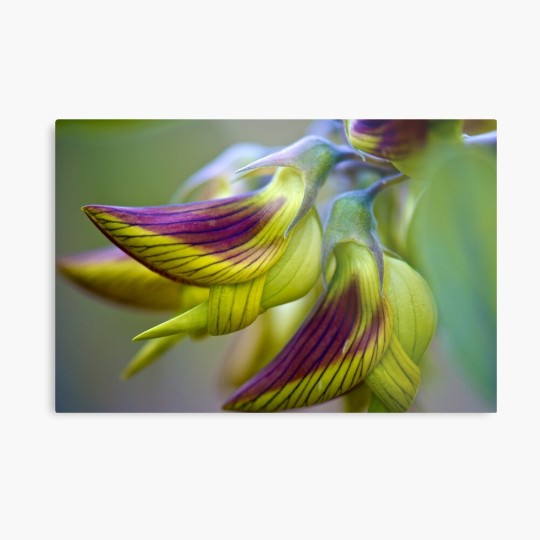
ITS SO PRETTY scientists have a lot of hypotheses as to why theyre shaped like that, so theres not one like solid reason as to why (?)
some are thinking that its just human pattern recognition
some are thinking that its to ward of predators, or even lure in birds that would spread their seeds or help pollinate the plants
either way i think theyre really cool :] <3
2 notes
·
View notes
Text
Birdflowers (Crotalaria cunninghamii)

Sturt's desert pea (Swainsona formosa)

Fringe lilies (Thysanotus spp.)

Geraldton wax (Chamelaucium uncinatum)

Illyarrie (Eucalyptus erythrocorys)


Moodjar/West Australian Christmas tree (Nuytsia floribunda)

(Photo by enjosmith)
Native wisteria (Hardenbergia comptoniana)

Most local orchids






Pansy orchids (Diuris sp.), cowslip orchids (Caladenia flava), spider orchid (Caladenia sp.), pink fairy orchids (Caladenia latifolia)
Honestly, so many pea flowers




(Best photos I had to hand - ya gal is mostly housebound nowadays (and doesn't drive), plus the first two aren't native where I live now, but where I grew up... well, Geraldton wax also isn't native here, but it's a widespread weed that's native further north. But all my photos except for Moodjar [credited])
What's everyone's favourite flowers that aren't like. The normal ones. Like everyone's a fan of roses and sunflowers what's a more niche one. One you don't get in gift sets. Mine's sweet peas
56K notes
·
View notes
Text
Centipeda Cunninghamii Leaf/Stem Extract
Bio Actives extracts represent the latest advancements in plant extraction technology, harnessing the power of nature to create potent, high-quality ingredients for various applications. One of the standout extracts is Centipeda Cunninghamii Leaf/Stem Extract, which has been revered for its medicinal properties and therapeutic benefits. By exploring the potential of Centipeda Cunninghamii Leaf/Stem Extract, Bio Actives continues to push the boundaries of plant-based solutions, offering natural alternatives to synthetic ingredients. Whether you're seeking innovative skincare products or looking for natural remedies in wellness, this extract opens doors to sustainable and effective care.

0 notes
Text
Birdflower - Crotalaria Cunninghamii - Fabaceae Family
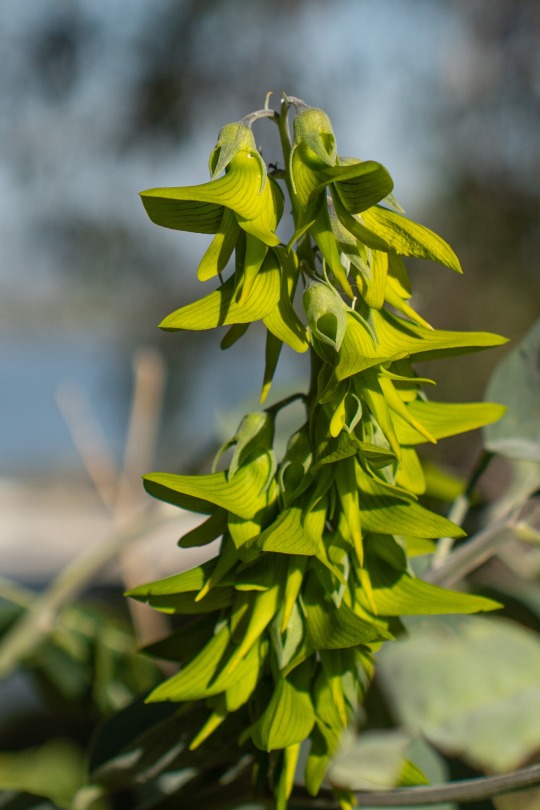
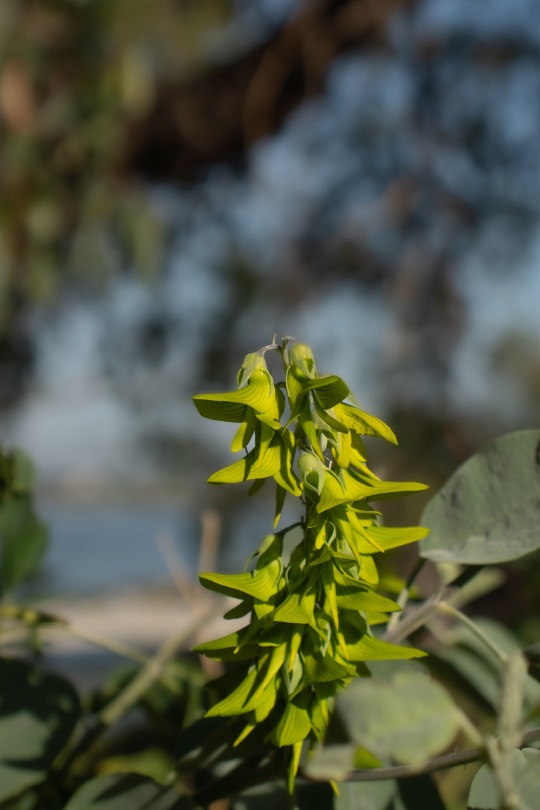
The Fun Facts
The Birdflower is also known as “Mangarr” by the Nyangumarta people of northwestern coast of Western Australia. They get their name as they look like hummingbirds, and whether what is an evolutionary tactic to protect themselves or just a coincidence is still unknown. These flowers grow from a perennial (a plant that lives for more then two years) shrub and grows 1-3 meters tall. The plant flowers from winter to spring and can grow in many different habitats, from arid and semi-arid zones of Western Australia and northern South Australia to the tropical areas of the Northern Territory and Queensland. Shrublands, grasslands and Savannah woodlands are their favourite habitats as Birdflowers prefer well drained soils. The Birdflower is predominantly bright green in colour with black lines running from the base of the flower to the tip, but can drift towards yellow and have hues of purple and red on the petals.
This photo was taken at Kings Park in Perth Western Australia
Please visit my photography instagram @Cameradrifter to check out more of my work! This is a side blog dedicated to my love for Australian wildflowers, my main blog @cameradrifter is all about my traveling endeavours and outdoorsy adventures.
Some information might be wrong, I am not an expert just an enthusiast, so if any of my information is wrong, please correct me
#wildflowers#flora photography#flora#western australia#australia#nature#flowers#flower#flower photography#fabaceae
0 notes

